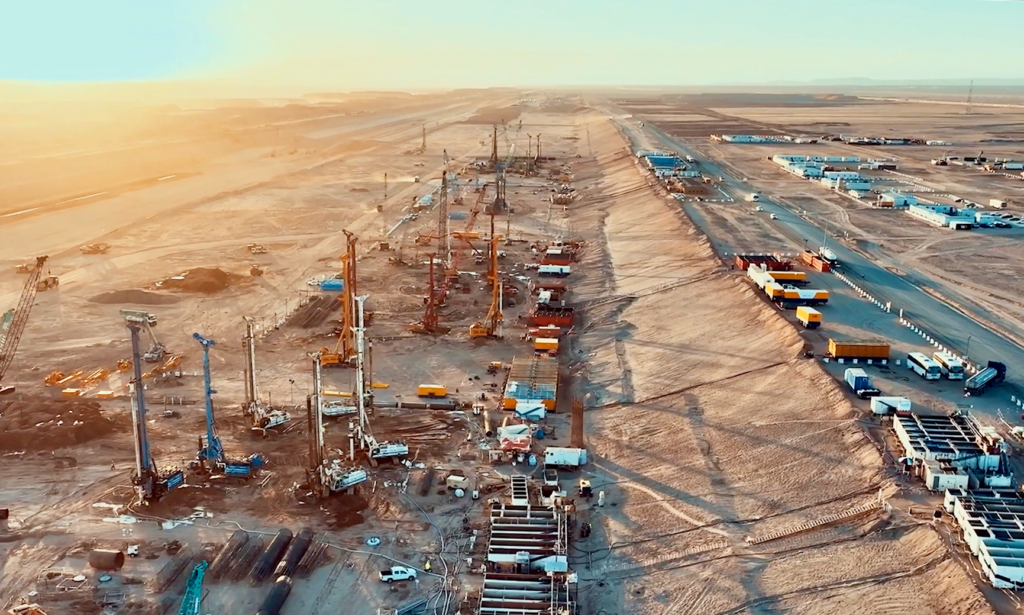Compressive strength is a fundamental property of concrete that determines its ability to withstand loads without failing. In Saudi Arabia, achieving high compressive strength is essential for the durability and safety of construction projects. In this blog, let’s explore techniques and materials that help reach optimal strength in concrete.
Explore 12 Futuristic Technology Trends Solving Concrete's Biggest Challenges.
Importance of Compressive Strength
Compressive strength is a key indicator of concrete’s overall quality and performance. It affects the structural integrity, durability, and load-bearing capacity of concrete structures. Ensuring the desired strength is crucial for meeting the demands of various construction projects, from residential buildings to large infrastructure developments.

Techniques for Achieving High Compressive Strength
- Optimizing Mix Design
The mix design plays a significant role in determining the strength of concrete. Using a well-proportioned mix with the right balance of cement, aggregates, and water is essential. Incorporating supplementary cementitious materials like fly ash or slag can also enhance strength. - Quality of Materials
Using high-quality materials is crucial for achieving high compressive strength. Select aggregates that are clean, well-graded, and free from impurities. The type and quality of cement used can also impact the strength of the concrete. - Proper Curing
Curing is a critical process that ensures the concrete reaches its desired strength. Proper curing methods, such as water curing or using curing compounds, help maintain moisture and temperature conditions, allowing the concrete to hydrate fully. - Use of Admixtures
Admixtures can enhance the properties of concrete. Superplasticizers, for example, improve workability without increasing the water content, leading to higher strength. Other admixtures can accelerate or retard the setting time, depending on the project requirements. - Compaction and Placement
Proper compaction and placement techniques are essential to eliminate air pockets and ensure uniform density. Using vibrators during placement helps achieve better compaction and higher compressive strength.

Reach your desired concrete strength with SmartRock™ sensors! Read about FCC Construction here.
Saudi Arabian Standards for Compressive Strength
In Saudi Arabia, concrete strength is regulated by national standards that specify the minimum strength requirements for different types of construction projects. These standards ensure that concrete used in construction meets the necessary quality and performance criteria.
Conclusion
Achieving high compressive strength is crucial for the success of construction projects in Saudi Arabia. By following best practices and adhering to national standards, builders can ensure the durability and safety of their structures.
Interested in learning how to ensure high compressive strength? Check out real-time concrete strength monitoring!








